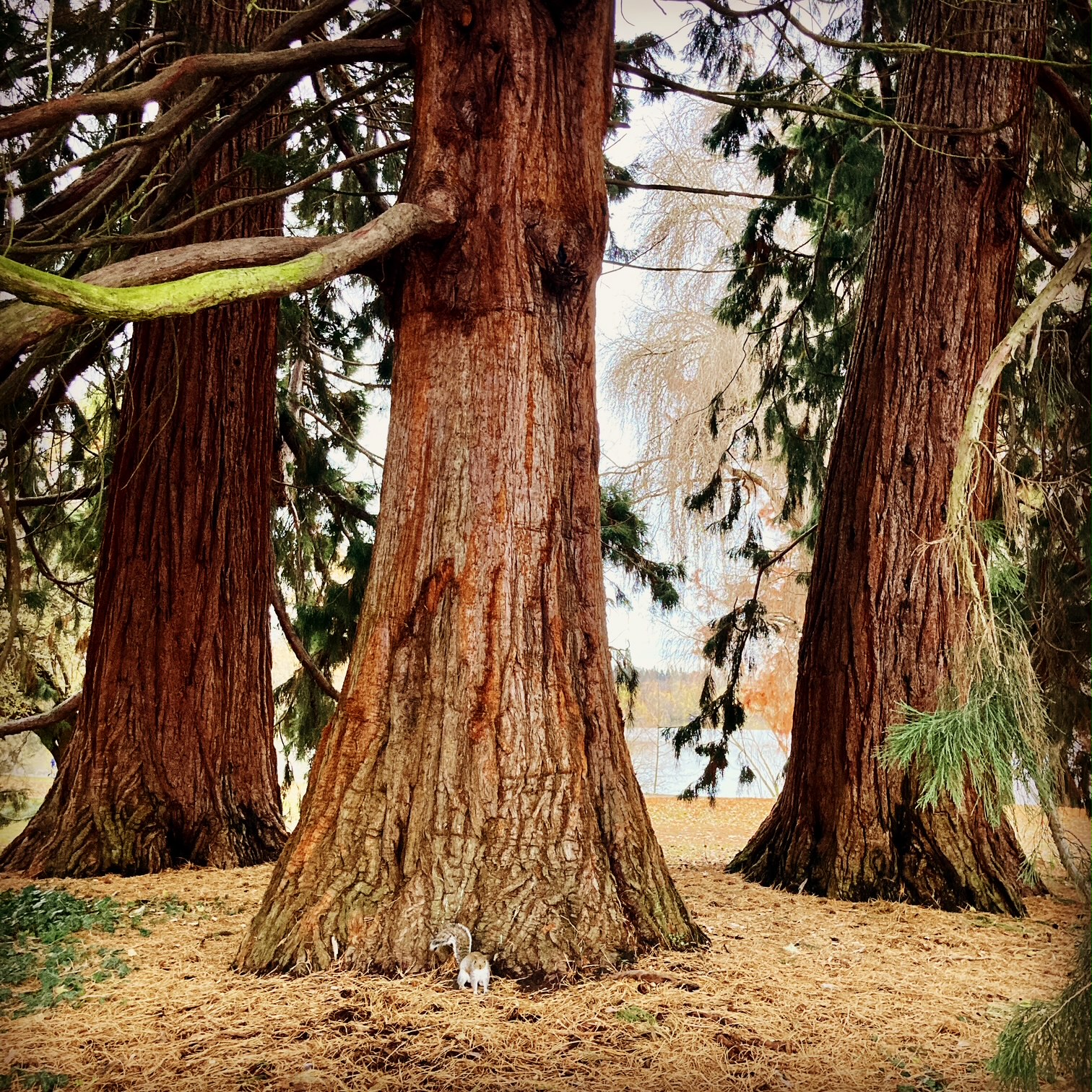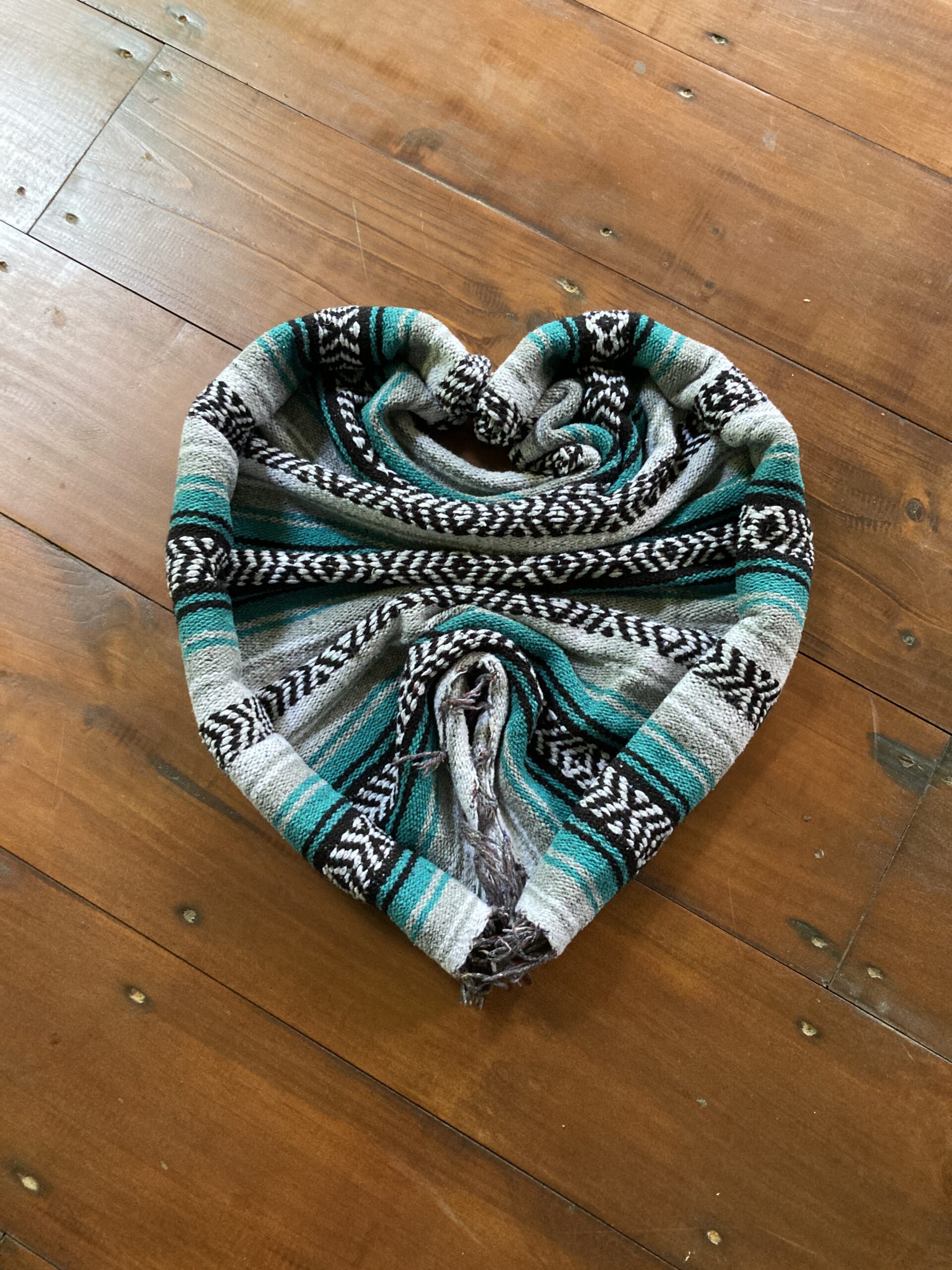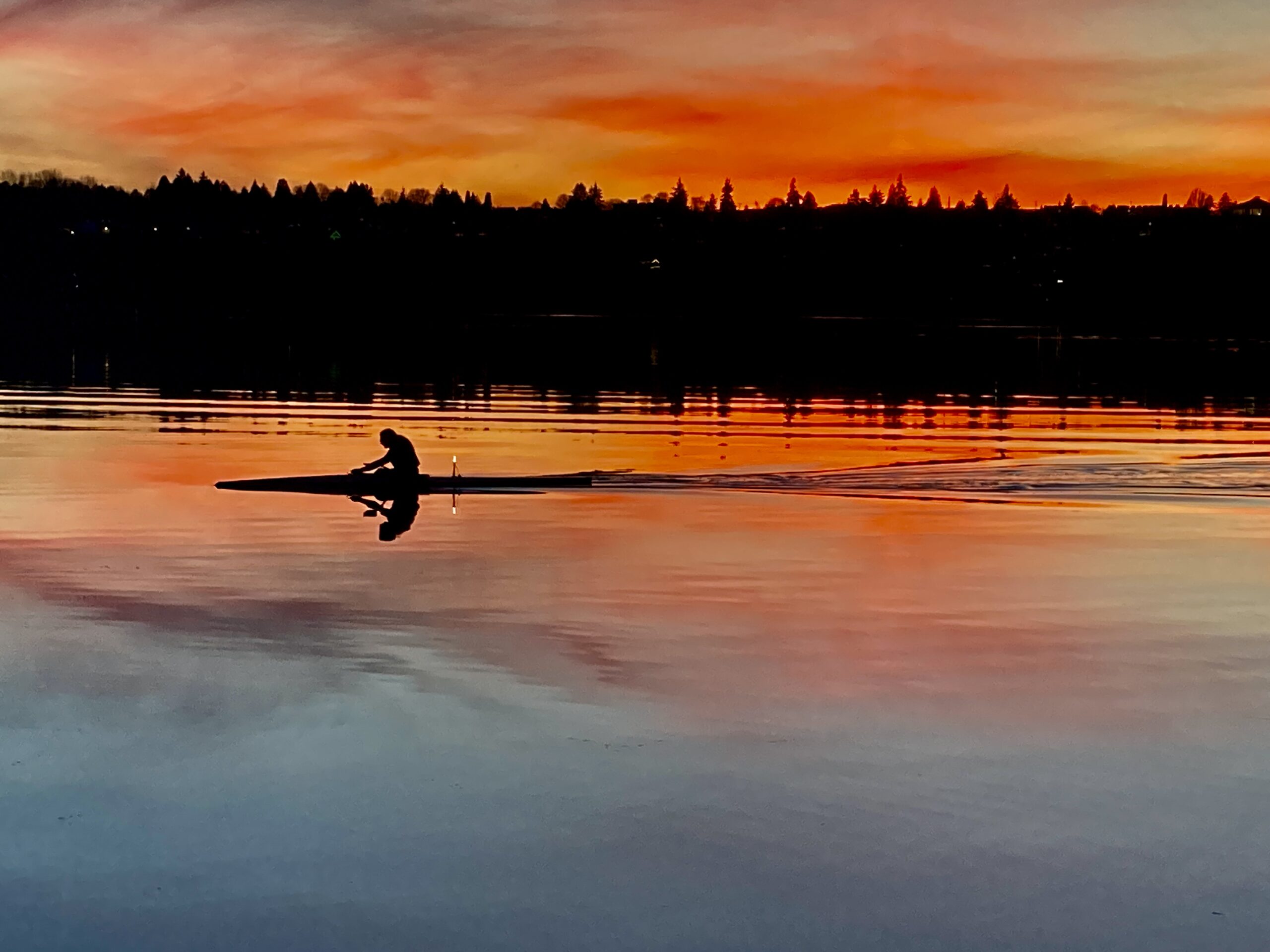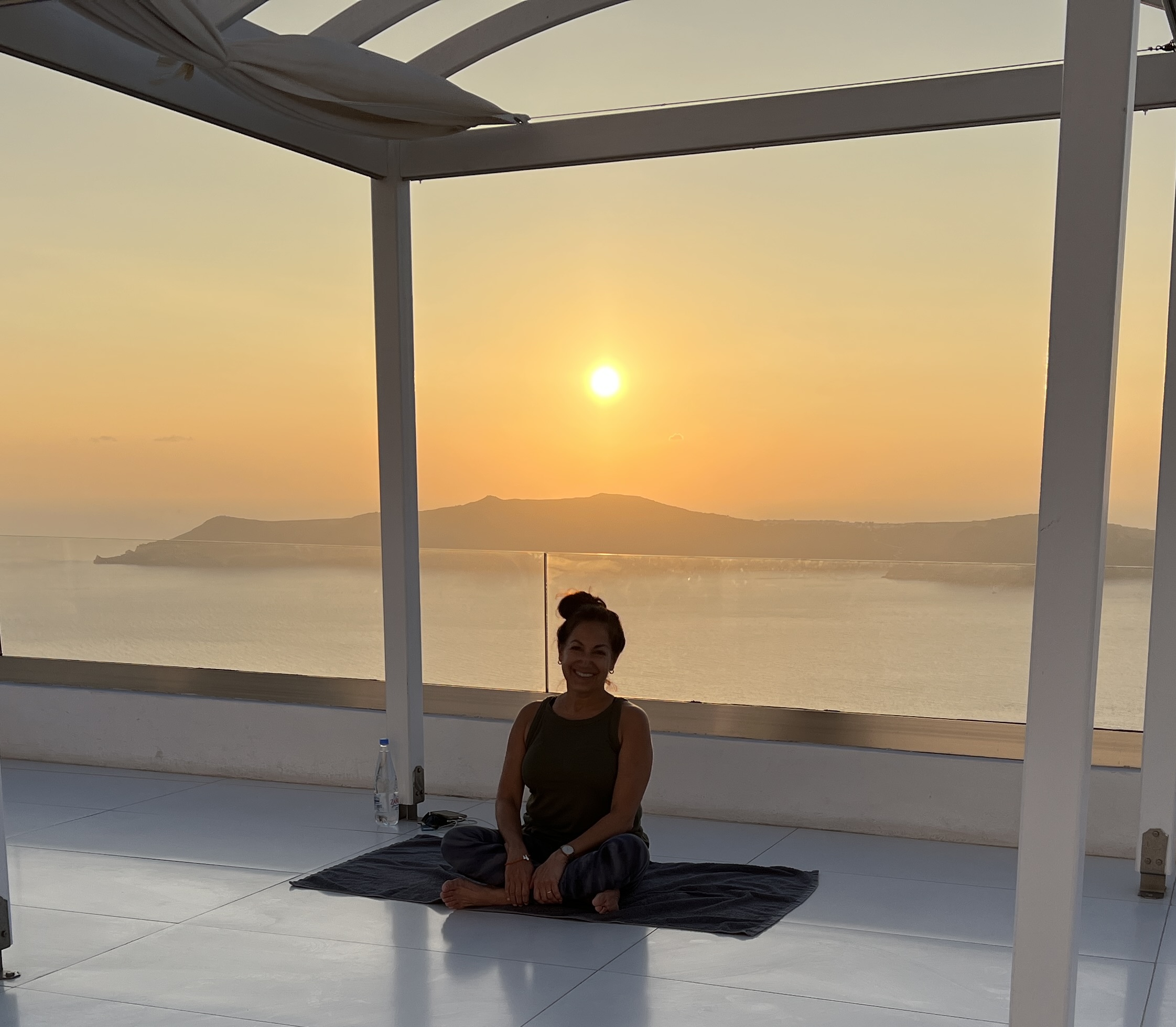While in Reykjavik, my group and I stayed at the Hotel Holt. I am attracted to this hotel for many reasons, such as its location which is right in the heart of the city. The hotel is within walking distance to the city’s main sites, museums, cathedral, coffee shops, pubs, restaurants, and main shopping street. And the staff is extremely helpful, kind, and welcoming. However, the main reason I love this boutique family-run hotel is because of its art collection!
Hotel Holt houses Iceland’s largest private collection of art. There is a collection of 1,560 works of art, though you will see “only” 460 works of art on display. We were given a private art tour, led by the very knowledgeable Hotel Holt office manager, Marissa Sigrún.. What I will attempt to do here is to include some of the photos I took of the artwork and give my impressions of them.
My apologies for not having written down and not knowing the artists’ names. And my apologies for not capturing the paintings in their entirety. Some of these works are quite large and so, in some cases, I focused only on a portion of the art work. Also, I want to say that the paintings were illuminated by lights that sometimes cast a shadow, so the photos are not perfect representations of the artwork. Lastly, I’m not an art historian and, in fact, I hesitated to post this blog, but I so want to share these beautiful works of art with you and share the feelings invoked within me as I look at them. I hope the artwork below will speak volumes to you, too!
The texture of the paint in the painting below is so incredible! The texture lends itself to the landscape and the action within the landscape! You can almost see the waves moving, the boats rocking, and the man’s working movements. The paint texture gives a sense of perspective to the mountains. Mountains beyond mountains grace the background. And the colors are reflective of the color palette we see everywhere in nature in Iceland.

Humble work, hard work, necessary work, the work of a farmer, the sacredness of planting and harvesting. I believe here, the farmers are harvesting. And this work of art gets me thinking about how difficult it must have been for the Icelanders to gather enough food to suffice for the winter months back in the day when there were no geothermal powered greenhouses and easy year-round shipments of fruit from warmer sunnier climates. I love the standing farmer’s hands and his face, so serene and, yet, filled with concentration.

Below is a portion of a larger piece of artwork. The whole work shows a family, including the father. The family is enjoying a picnic on a fine Icelandic summer day. This is perhaps a very romantic notion of a picnic in Iceland. The mother, traditionally clad and probably a very hard working robust woman, looks so relaxed and her baby is adorable, fast asleep on mamma’s shoulder, perhaps grown drowsy from the summer sun warming his/her face.
The light in Iceland is very special. As I’ve said before, you can’t go to Iceland and take a bad photograph. The sun’s rays hit differently. They come in a different angle. Colors appear vibrantly pure and so you really do see these shades of purple and light blue as captured in the painting below.

The painting below is of a mountain and moss. In the past, I went to Iceland during the last two weeks of September when the moss is at its best in terms of color and when the lichen and the field flowers come alive with color. I think this artist captures the landscape colors beautifully!

Below is one of my photos from a few years ago in Iceland. You can see what I mean about color. These are the colors that are so vivid and present in the Icelandic works of art:
In a land where landscape is so inspirational, it is not surprising to see these breathtaking landscapes created on canvas. How is it possible that this landscape also carries emotion?:

I felt that this photo I took in Iceland a few years ago is another example of how the colors found naturally in the landscape also found their way onto the canvas. The photo below and the painting above match in color:

Beautiful pastoral scene. A hard life within a harsh landscape that also offers up so much beauty and strong community. Here, the women are at rest, alongside the resting cow:

I love this one. Hunger being satisfied by a bowl of hot soup, a soup so hot that this man has to perhaps blow on his spoonful to cool it a bit. I imagine the hot bowl or small tureen warming his hands and his legs. I imagine the kind of hunger he feels, the kind of hunger that comes after a day of hard work. I imagine how the soup will warm his chest and his belly. This painting reminds me of the various kinds of soup I have had in Iceland: delicious tomato soup, lobster bisque, lentil soup, leek soup, pumpkin soup, potato soup, vegetable soup, and asparagus soup…and it makes me want to make a pot of soup right now!

This painting was perhaps one of my favorites! It is enormous and sits in the lobby. Please imagine this canvas stretching boldly across a wall in a hotel lobby. I see fire and ice! I see lava flowing, glaciers, geysers, hot springs, black lava beaches, waterfalls, fissures in the earth, movement, hidden people, Kali energy, destruction and birth, Thors’ hammer Mjölnir held high as a symbol of power, geothermal energy, and new land forming. The feeling is pure chaos and yet the chaos is contained. I see a merging landscape captured by form and color. The entire canvas is shaped like the island of Iceland and gives me a feeling of mystery and adventure. For me, it’s a wild and crazy, scary and tempting piece of artwork! I could look at it for hours:

And next, after getting off that wild carousel ride above, we enter another world, that of three women gathered and processing fish. Beautiful colors, gorgeous and strong women, lively and serene colors, communal work, workers who work in harmony and live in harmony with the land, life-giving fish, tradition, hope necessary to get through the dark winter months that are certain to come again:
We saw many works by Kjarval, Iceland’s most beloved painter:
Jóhannes S. Kjarval (1885-1972) was one of Iceland’s most accomplished painters. Kjarval drew and painted from an early age and studied art in Iceland to the extent it was available. He was 25 years old when he went to Copenhagen to study with the aid of his beneficiaries. Kjarval never shied away from experimenting creatively. Icelandic nature was an inspiration to him and within it he created a mystical world of hidden people. Icelanders adored Kjarval and this complex artist’s body of work is interwoven with the Icelandic national spirit.
I am pretty sure the painting below is by Kjarval. The concept of hidden people is mysterious and, whether or not you believe in their existence as Kjarval did and as do many Icelanders today, the very idea of hidden people brings us into a mystical and invisible world. The artist Kjarval recounted how at times, when he was out in nature with easel and paints on hand, he was unable to paint because the hidden people would thwart his efforts. They would throw pebbles or rocks at him until finally he’d have to pack up his easel, paint, and brushes and leave the scene.
Below you can see what I think of as hidden people. This painting is vast in scope and has so much mystery in it. It also has a sense of wind or a storm brewing, if only for a brief moment, with the promise of a rainbow at the end of a spate of rain and gusts of wind. Fire, ice, clouds, hidden people, waterfalls, lava brewing and flowing, a cold landscape with elements of heat.

The last landscape below looks like a lunar landscape.

The painting below is one of the few works of art in the Hotel Holt’s Icelandic art collection that is done by a foreign artist. The artist is Danish:
The lobby and lounge of Hotel Holt has seascape works from Icelandic shores by Danish painters Carl Locher and Vilhelm Arnesen who accompanied Frederick VIII, king of Denmark, on his visit to Iceland in September 1907. You’ll also find two seascapes by Frants Landt from his journey to Iceland in 1936 as well as the painting Færeyskur sjómaður / Faroese Sailor (1963) by Faroese painter S.J. Mikines.

Dear readers, I’d love to read about your insights, and your impressions on the artwork you see here. Please comment below. -fran







The few images you shared are so striking. I see I’m many very simplistic everyday life but there is a complexity of color, depth that draws you into each one. It was interesting to see the very first piece with the geometric, overlapping shapes and then move to the more figurative works. As you move through the images the softer rounded figures give way to some that are more angular but still a soft quality.
I love the colors throughout each one of the images. They have cool palettes but then the reds and oranges appear. I love that you paired the photos of the landscapes with the landscape paintings. One of the favorite pieces for me that I keep going back to is the “mountain and moss”. The color and brush work is incredible and keeps me looking more deeply into the painting. It reminds me some what of the Impressionists. I think the most eery for me is the “hidden people” it has a ghost like quality to it, separation and exclusion.
I am so interested to see more and study some of these Icelandic artists.
Thank you, Jessica! I am so happy to read your impressions and feelings about the Icelandic art. The Miss and Mountain painting is really delightful. It is in the “breakfast” room and I always want to sit next to it! I love your artist’s eye and perspective. You and Karen (below) are both immersed in the world of art and I’m appreciative of your inspiring words.
I haven’t seen much if any artwork from Iceland before, but it reminds me of the Northwest Mystics (or ‘Moderns’ as SAM labeled them in their retrospective). They shared a similar palette, one that echoed the colors of the landscape of the region. There is also something about how they use their paint, even the brushstrokes that seems formed by the rugged land. I will look more deeply into their art history now that I’ve had an introduction thanks to your blog Fran. Thanks for sharing!
Thank you, Karen! I had not made the connection to the northwest Mystics, but,now that you mention it, I see it. I really love the colors! The city of Reykjavík is alive with art in forms of sculpture and murals and there are at least three major art museums in Reykjavik alone.